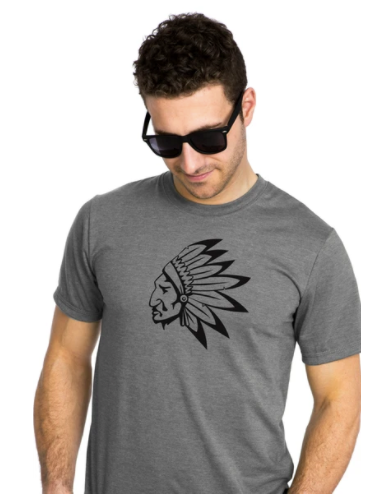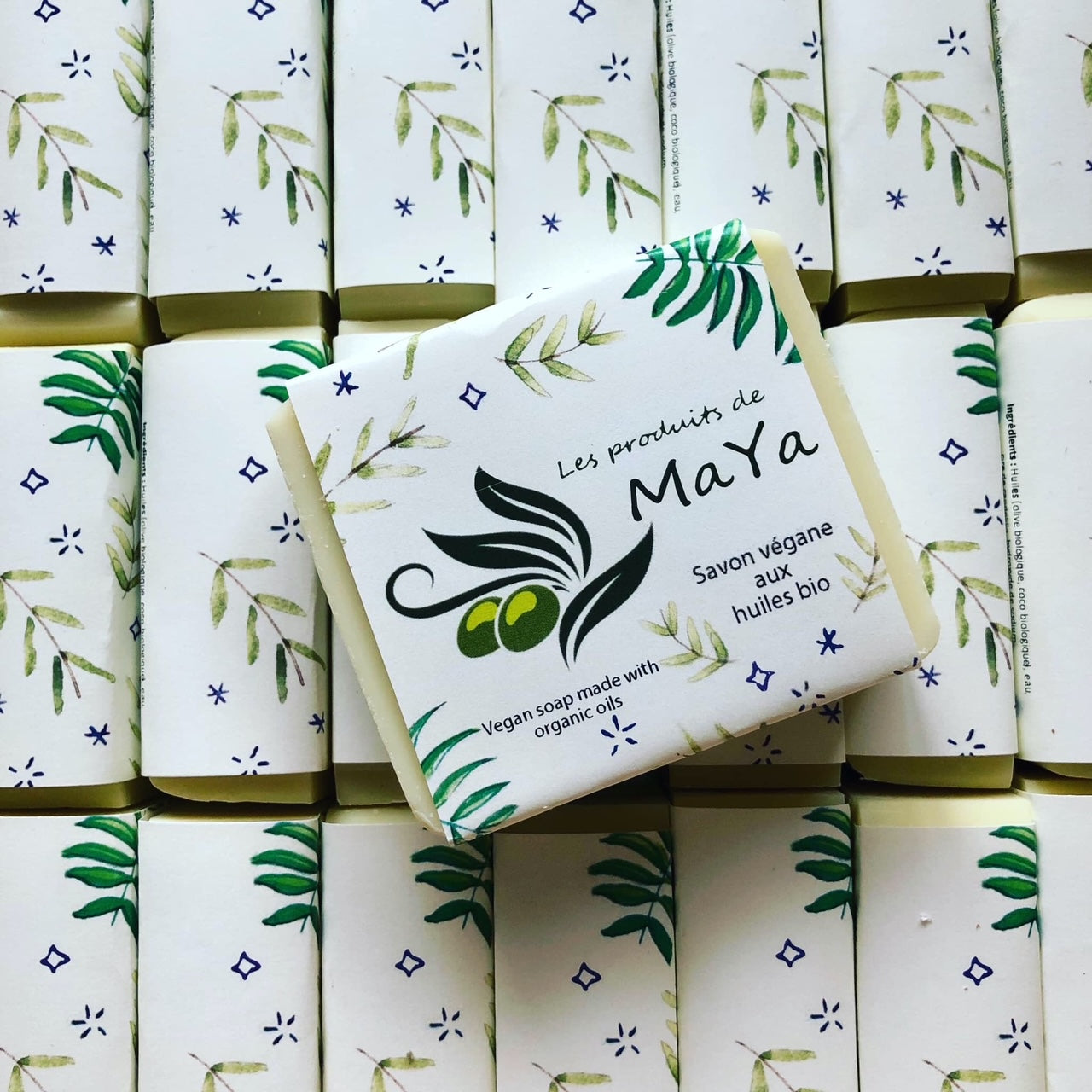Arrived in Europe for a few years now, the trend of "slow fashion" is more and more talked about on Quebec soil. But what does “slow fashion” really mean?
By definition, “slow fashion” is opposed to “fast fashion”. It is a movement that was created in reaction to the multiple changes in the fashion industry. We've gone from having two collections per year, fall-winter and spring-summer, to chain stores like H&M and Zara releasing new products every two weeks. It's easier than ever to get the latest trends at a ridiculously low cost. This results in overconsumption which does not come without cost and which will have an impact on the environment and on the working conditions of the employees of the production line.
It is from this chaotic world of “fast fashion” that this new movement was born: “slow fashion”. This encourages us to slow down, to reflect on what has become the norm and to propose more respectful options at all levels of the ecosystem. “Slow fashion” invites us to rethink a system of values and functioning that has existed for years. She seeks to reconstruct this vision that we have of fashion and to take concrete action to encourage a return of the pendulum.

Credit: Anuschka Rees
So that "slow fashion" does not also turn into an ephemeral mode, and to ensure its durability as a model of sustainable development, a research team from the " Master's in Strategic Leadership towards Sustainability " in Sweden has developed a list of ten values that will serve as a guide in each step of the production chain. This guide can be used both by the company that wishes to turn to this business model and by the consumer aware of his choices and seeking to consume better.
The 10 values of “slow fashion”
1. Have a global vision
It can be difficult for profit-driven manufacturers to see the overall impact of their production. Just as it can be difficult for a consumer to imagine the environmental repercussions behind buying a $5 t-shirt. This is therefore what the "slow fashion" movement encourages, the adoption of an approach which takes into account the global ecosystem and which helps actors to recognize how their choices can have consequences on the environment and people. In this regard, the documentary The True Cost is very interesting.
2. Slow consumption
Of course, this means reducing the quantities we buy, but also the quality of what we buy. By consuming better and in a more thoughtful way, we reduce the risk that our latest purchases quickly end up in oblivion in the back of our wardrobe. Acting concretely on our overconsumption has a direct impact on overproduction and on the environment.

Credit: May Rose
3. Promote diversity
There are more and more diverse and innovative companies. It is important to encourage the work of independent designers and major fashion houses, but also the used and recycled industry, etc. All actors are invited to take part in the movement in their own way.
4. Respect people
Requiring companies to establish a code of conduct and an ethical charter ensures that workers are treated well. More and more “slow fashion” fervent companies are also getting involved in their community and aiming for a strong social influence.
5. Meeting human needs
The designer can respond to consumer needs by offering pieces that carry emotional meaning. By telling the story behind a piece or inviting the consumer to take part in the creative process, the needs for creativity, identity and participation can be met. Good examples of this principle would be AllCovered Fashion and Rose de Mai , which offer bespoke service and personalization options.

Credit: AllCovered Fashion
6. Build long-term relationships
By responding to human needs through its creations, the brand builds a lasting and trusting relationship with its consumers. This is one of the keys to “slow fashion”.
7. Buy local
The brands that are following in the footsteps of “slow fashion” are committed to using local materials, even if these materials sometimes lead to constraints in terms of supply and costs. Most products that can be advertised as “made in Canada” are an integral part of this movement.
8. Maintain quality and aesthetics
The basis of “slow fashion” is found in buying classic and timeless pieces rather than passing fads. The designers of “slow fashion” therefore look into the use of quality materials, in order to ensure the longevity of clothing. They want to create durable pieces, without ever sacrificing their charm. In this regard, there is no better example than the Montreal brands Meemoza and Betina Lou to illustrate this point.

Credit: Betina Lou
9. Aim for profitability
For companies working in “slow fashion”, it is important to bet on sustainable profits and increase their visibility on the market in order to be competitive against “fast fashion” players. By making sure to offer a quality product, made with respect for people and the environment, brands cannot afford to sell their products at a derisory cost. They must therefore somehow educate and convince consumers to buy their products rather than the "cheap" equivalent, which is not always easy!
10. Be Aware
The movement of "slow fashion" means above all to make informed decisions based on personal values and on an awareness of others and the environment. “Slow fashion” first expresses a desire on the part of the creator to act responsibly, and then translates into a consumer's desire to buy intelligently and consciously.
We can therefore say that “slow fashion” is above all a movement and a school of thought. It is the representation of the concrete beacons that brands give themselves in order to evolve with respect for the environment and people. It is also about the values rooted in each of us and which lead us to reflect more on the global impact of our daily decisions. The concept of “slow fashion” is inspired by “slow food”: it applies to the fashion industry, but can be transposed into each of the spheres surrounding our consumption habits.

Credit: Fashion Preview
April is a particularly significant month for the fashion industry and the slow fashion movement. April may be Earth Day month, but more importantly, April 24 marks the date of the Rana Plaza factory collapse that killed 1,138 people and injured many in 2013. For more never such an event occurs, the Fashion Revolution association invites you to take action throughout the year, but more especially during its campaign which will take place from April 24th to 31st. Join the movement and, via Twitter or Facebook, ask the companies: who makes your clothes? #whomademyclothes
Will you join the movement?
Cover: Meemoza





Leave a comment
This site is protected by hCaptcha and the hCaptcha Privacy Policy and Terms of Service apply.